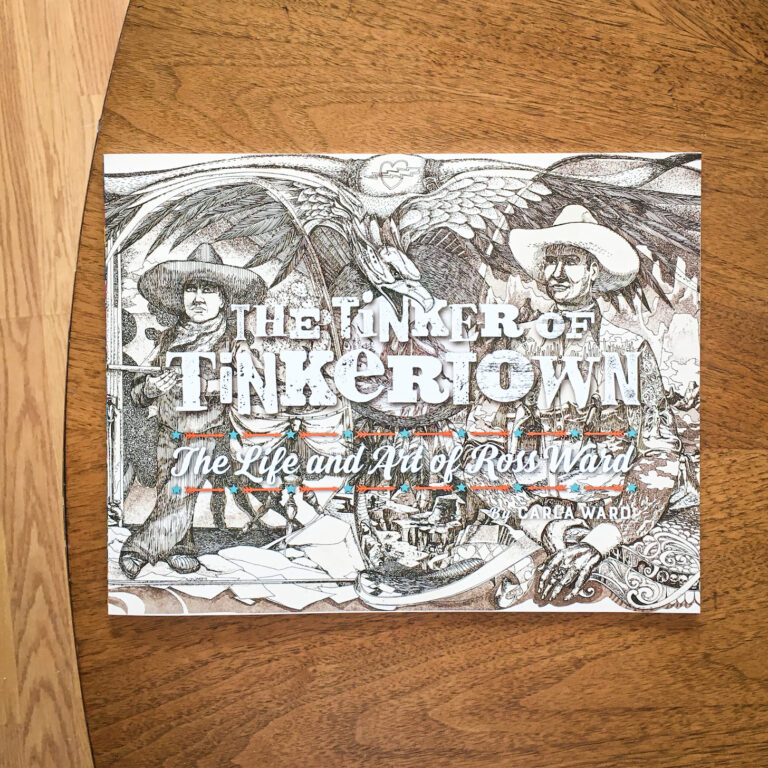Jared Tarbell avoids this problem by using a computer algorithm called sand.dollar to make hundreds of thousands of utterly unique virtual sand dollars on his computer. One hundred of these creations are currently arranged in a tidy 10 by 10 grid in a new exhibit of digital art at the KiMo Theatre's gallery.
The exhibit, called Four Distinguished Artists, consists of work by four artists who really are quite distinguished. They're all members of a newly formed organization called the Digital Artists of America Association, or DA3, a group that splintered from the Digital Fine Art Society of New Mexico.
DA3 founder Bruce Shortz says that the new organization, which currently has 10 members, is an openly elitist one. That is, it caters to art professionals by excluding amateurs. Shortz also emphasizes that DA3 was created for artists who just happen to use digital techniques to create art. Members reject the notion that “digital” is an emerging art, asserting that artistic tools have always evolved over time.
The show at the KiMo is fascinating both in its quality and its diversity. Tarbell's work is perhaps the most breathtakingly original in the exhibit. The optimal distance for viewing most his art seems to be a few inches from the surface of each individual image. In addition to sand.dollar, he developed another algorithm called bubble.chamber to create a second 10 by 10 display that's just as intriguing. Inspired by quantum mechanics, each separate image seems to show the dotted trajectory of a particle colliding with another particle, creating a burst of new subatomic flecks exploding in subtly colored curly Qs across the white cardboard squares.
Two other algorithms created by Tarbell, substrate.01 and substrate.10, result in less organic, more architectural forms. These look something like satellite views of dense urban areas as they're being wiped out by tsunamis of blinding white light from a corner of the screen.
Across the space is Bruce Shortz' own work, part two of his “The Cosmology and Sexuality of Spent Rocket Ship Parts.” His series fetishizes machines with large, sharp images of rocket bits, often with highly suggestive titles. At their most basic level, these images capture the sheer erotic beauty of high-tech metal machinery.
Barry McCormick has some much more disturbing images on display in an exhibit of male photography at the Downtown Contemporary Art Center. His figural images here have a more frothy, romantic quality. In “Julian's Dream,” a young naked guy stares out at us through blur. He looks completely at ease, as if the veil of haze keeps him from feeling bashful about his nudity.
Nearby, a young tattooed woman with metal studs through her lips and six arms, four of them disembodied, peers through an empty frame, small portraits of Chihuahuas over her breasts and a larger photo of hot air balloons covering her genitals. She stares at something over your right shoulder. In contrast to the young man, she doesn't even seem aware that you're looking at her.
Finally, George Bajszár's digital imagery is the most conventional in the show, depicting snow geese flying through a mountainous panorama or a line of mail boxes along a country road. Many of Bajszár's images are of Native Americans. One of the most appealing is “Proud Silver Eagle,” showing a man in ceremonial regalia, everything but his face in a blur, as if his mind were a sanctuary of stillness in a sea of violent motion.
Despite the fruity title, Four Distinguished Artists is a good show of highly varied art held together by the overall quality of the work.
Four Distinguished Artists, an exhibit featuring digital art by Bruce Shortz, George Bajszár, Jared Tarbell and Barry McCormick, runs through Feb. 25 at the KiMo Theatre Gallery (419 Central NW). 232-9469.








